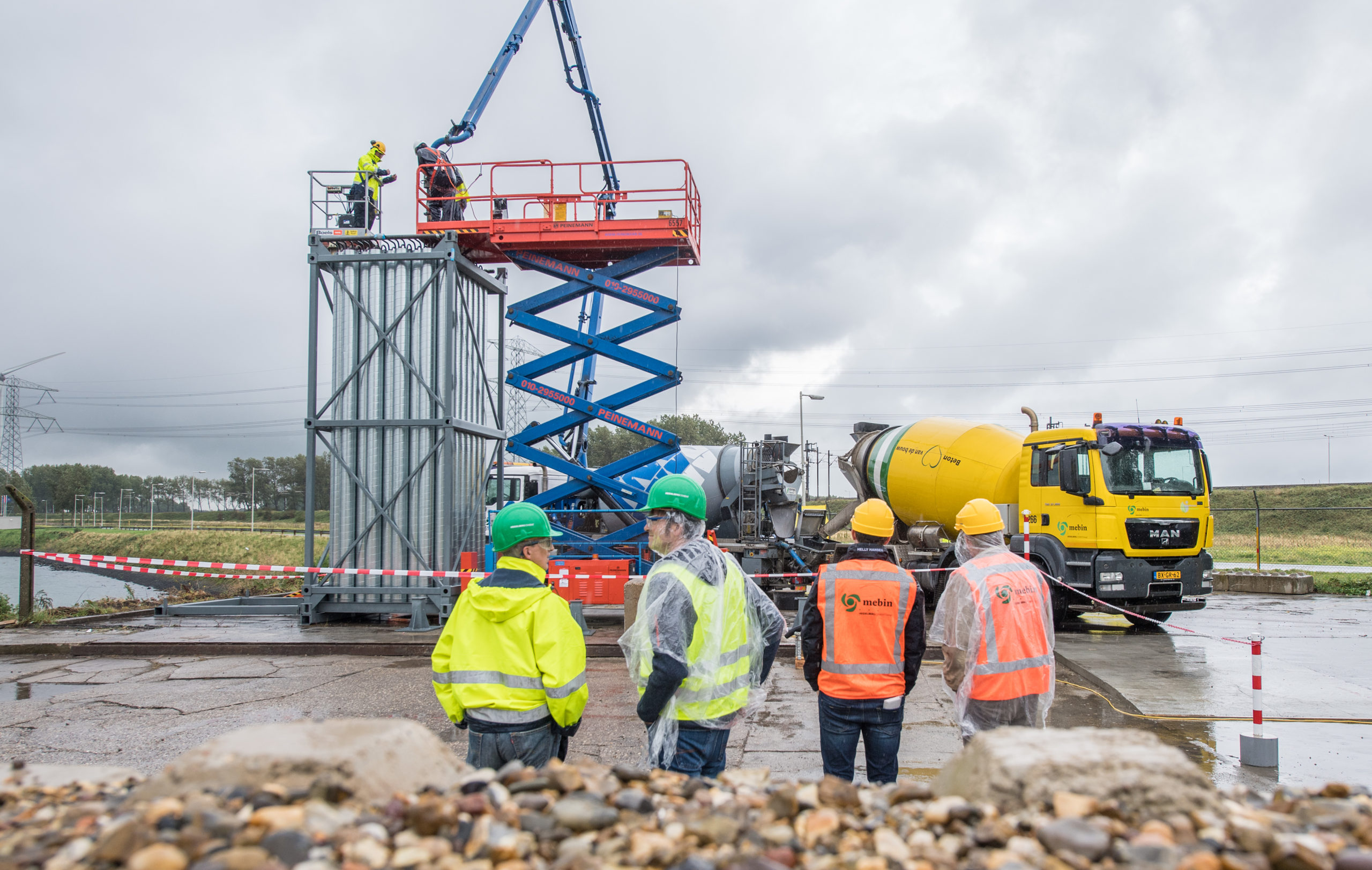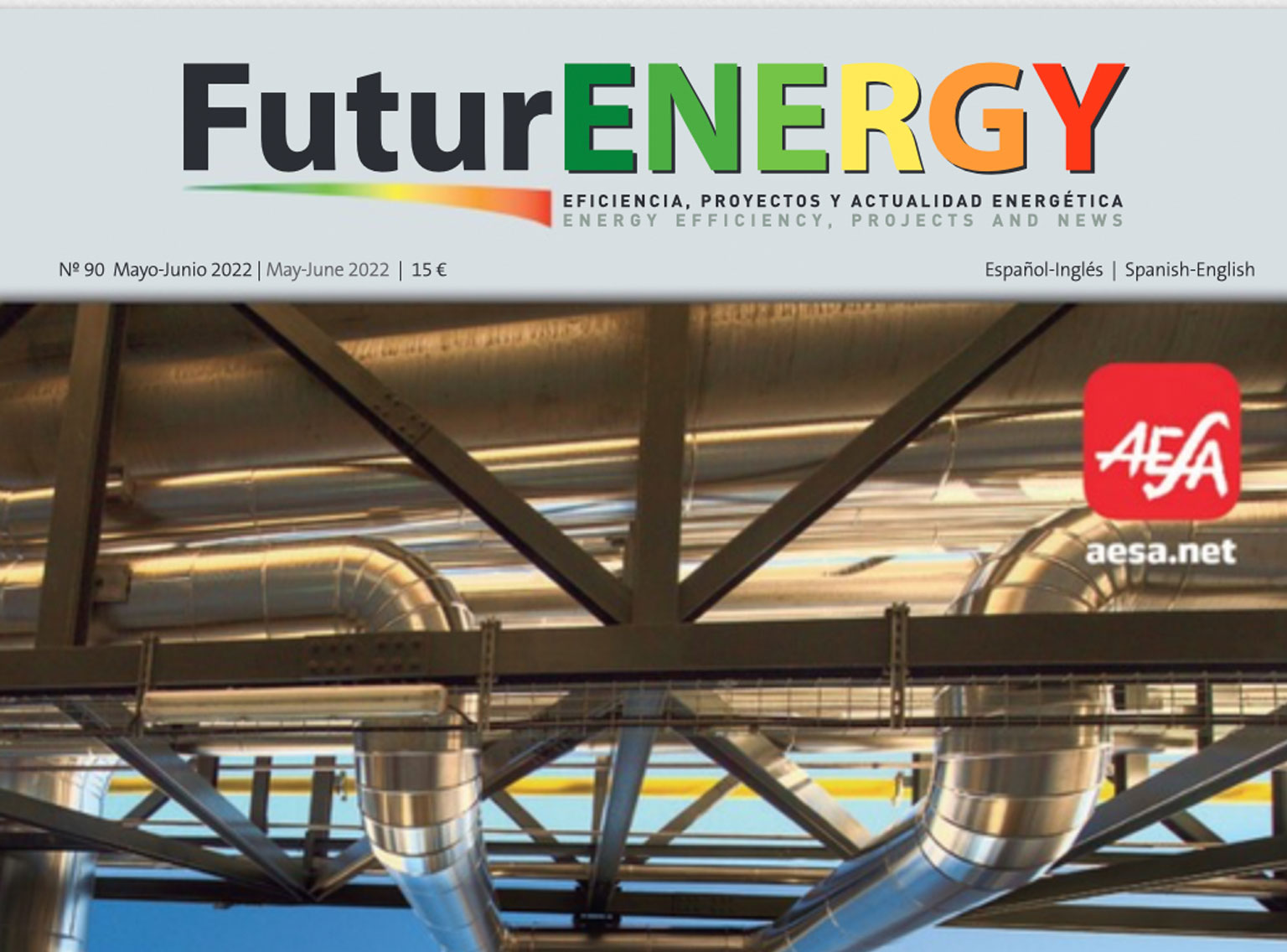Securing stable, cost-efficient energy for the manufacturing industry and ensuring flexible power generation will be key to enable the rising tide of renewables and ultimately combating climate change. EnergyNest offers a solution for decarbonising industry by making electrification cleaner, cheaper and more energy efficient.
The burgeoning energy storage market no doubt represents a huge opportunity for investors, industry and the power sector. While the focus has primarily been concentrated in communication technologies, mobility and transportation sector, electrical battery storage systems are expected to experience huge growth, with the IEA forecasting 106 GW installed global capacity by 2030 (compared to 8GW currently) and market value expected to surge t as much as EUR 89 billion in the period 2020-2030.
So, what is the “elephant” we are referring to? A recent study EnergyNest conducted with Aurora Energy Research shows the potential for storing high temperature heat in Thermal Batteries represents a cumulative global market opportunity over EUR 300 billion by 2030, more than 3 times the total market for utility scale electrical batteries. More importantly, Thermal Batteries will have a crucial impact on decarbonizing cornerstone industrial sectors such as Chemicals, Petrochemicals, Food & Beverages, Textiles, Metals, Minerals, by means of:
a) making electrification cheaperby taking advantage of increasing low price periods;
b) making electrification a cleaner, more attractive option for industrials with varying thermal energy and process requirements ;
c) increasing energy efficiencywithin existing processes through waste heat recovery and subsequently reducing overall fossil fuel consumption.

The industrial sector alone accounts for two-thirds of this market opportunity by 2030 – electrification of manufacturing and waste-heat-recovery combined.
Vast quantities of industrial heat waste can be recovered, stored and recycled, or used to generate electricity, thereby reducing fossil energy consumption and CO2 footprint. Furthermore, companies are increasingly looking to rely partly or entirely on renewable-based energy for powering their manufacturing activities and reducing the cost impact of carbon. However, the increased proliferation of renewables, along with their inherent intermittency, will inevitably result in increased price volatility in power markets.
EnergyNest provides climate-conscious companies the chance to convert low-priced renewable electricity into process steam that is stored and dispatched when required, or when electricity prices are high. Take Germany: a heavily industrialized country with the second highest electricity prices for end-consumer world-wide. Here, enabling companies to benefit from falling cost of power from renewables and insulating companies from increasing price volatilities to trigger industrial scale transition toward green energy is a no-brainer, surely?
And let’s not forget thermal power: Power generation across the globe is still predominantly thermal. However, during the coal phase out, the opportunity will arise for low carbon sources (e.g. natural gas, biomass, energy from waste) to provide the much-needed balancing of renewables. This constitutes another EUR 100 bn. opportunity in addition to industry for Thermal Batteries.
The potential thermal storage market is forecasted to be a significantly larger than the much “hyped” electrical batteries by 2030, and yet, thermal storage solutions seem largely to have been overlooked until now. If deep and systematic decarbonization of our energy and manufacturing systems are to become a reality, the approach to energy storage needs rethinking.
Sources:
** https://www.marketsandmarkets.com/PressReleases/battery-energy-storage-system.asp
*** Wood Mackenzie Power & Renewable’s report. “Global Energy Storage Outlook 2019: 2018 Year in Review and Outlook to 2024”.
≠ Aurora Energy Research 2019
° Lazard LCOS V4.0: Unsubsidized LCOS $/MWh In-front-of-the-meter, Wholesale



